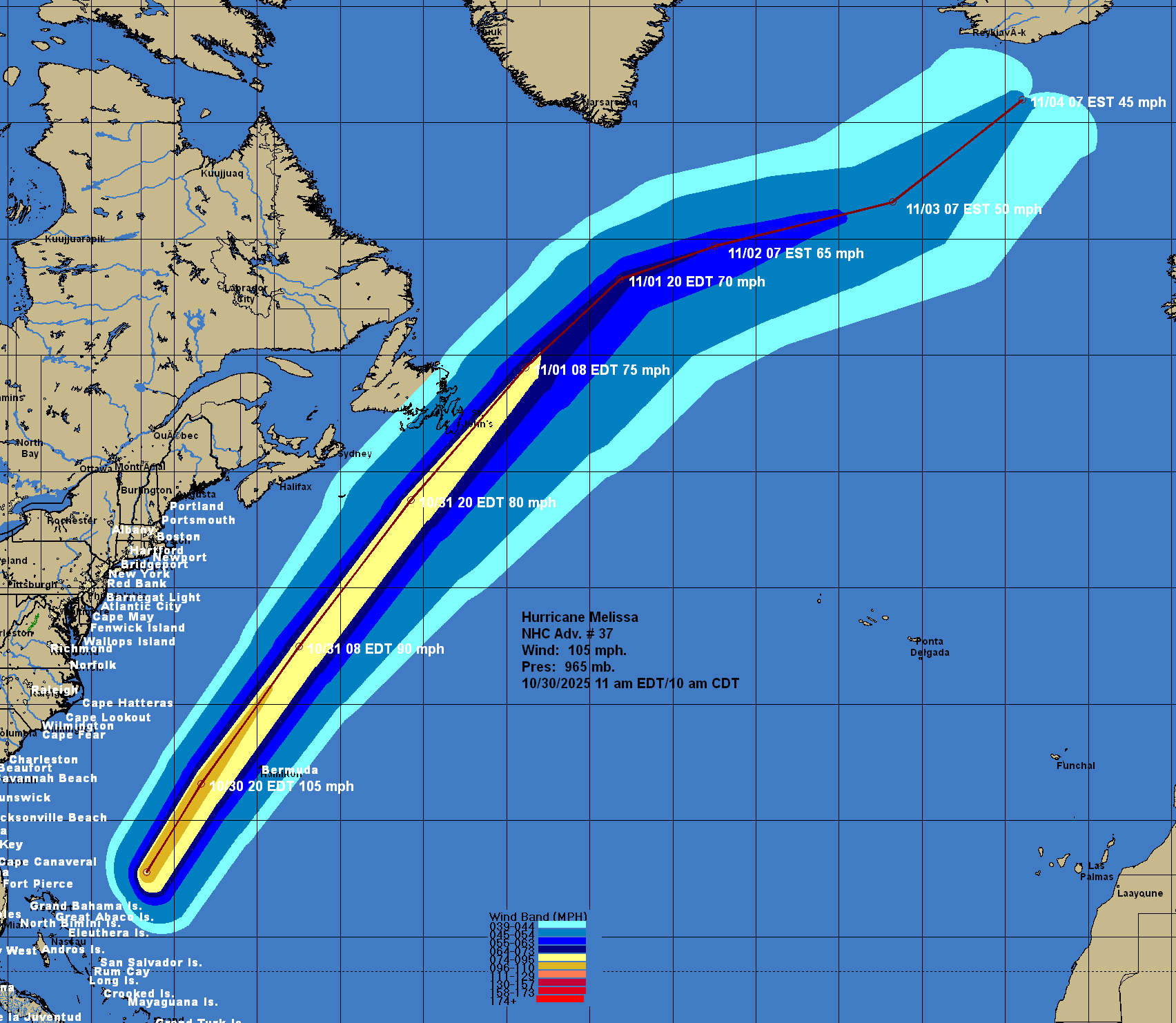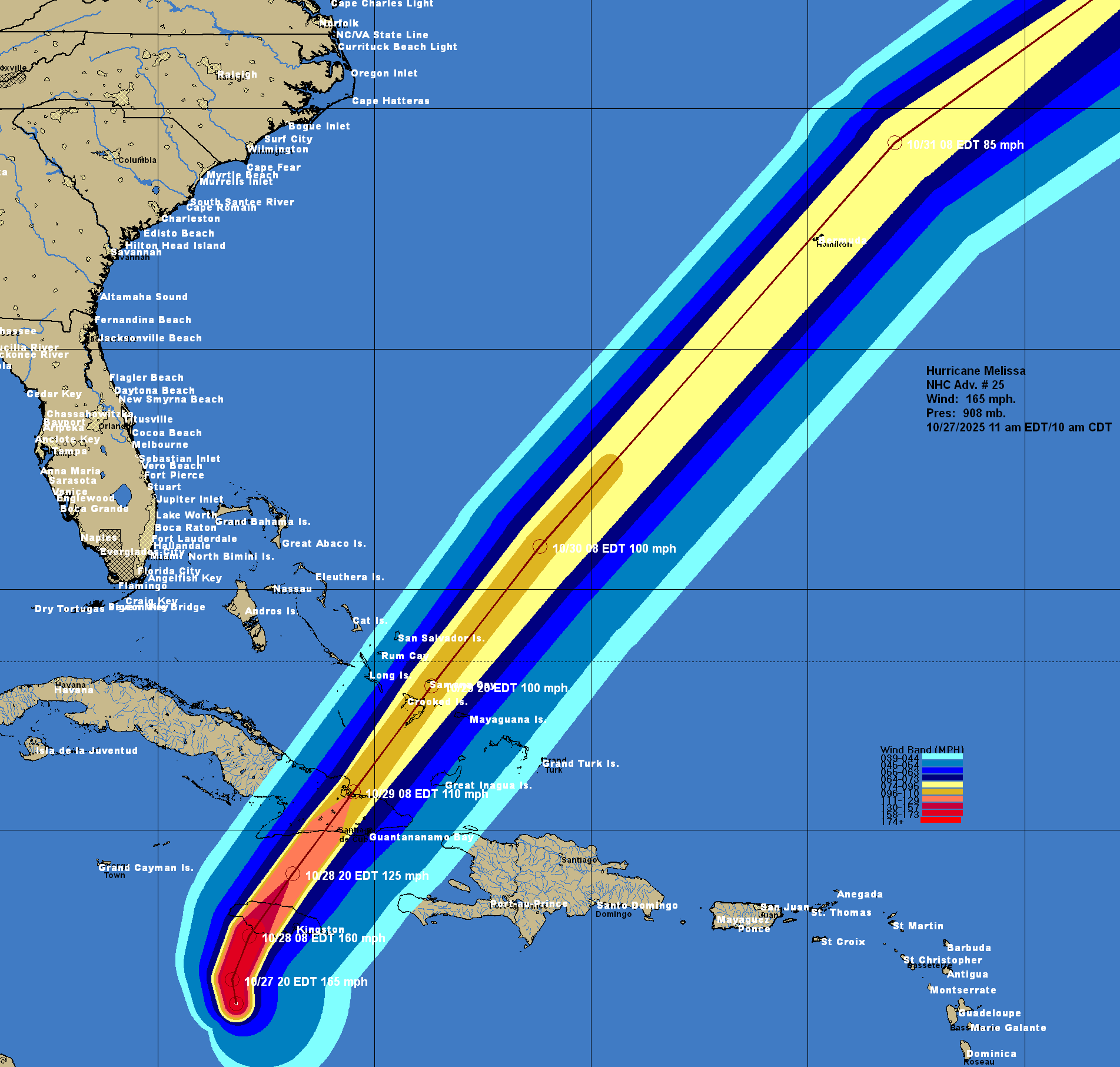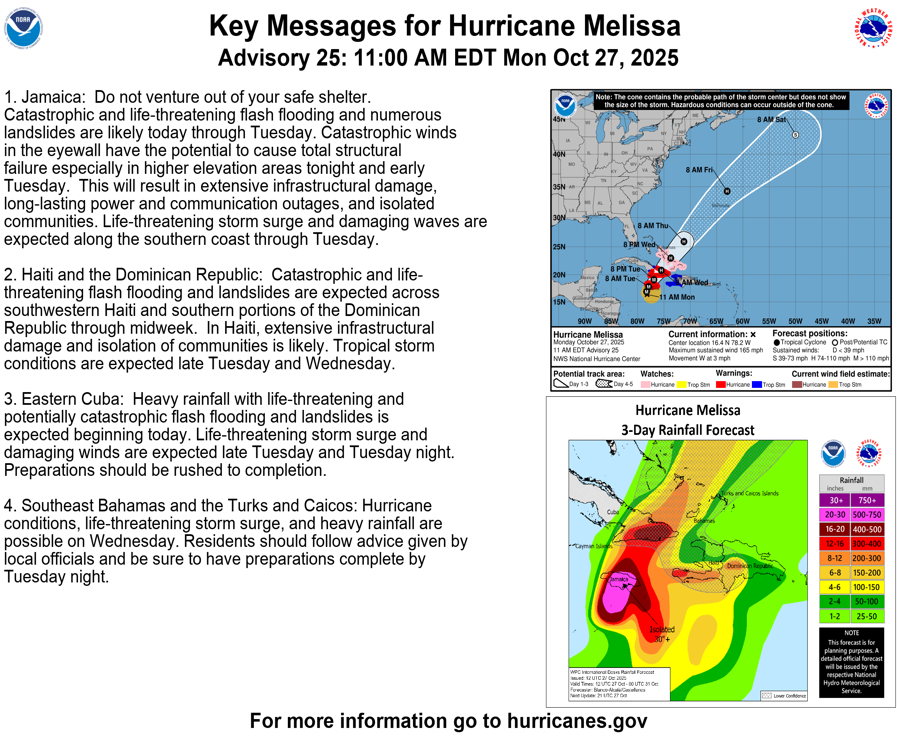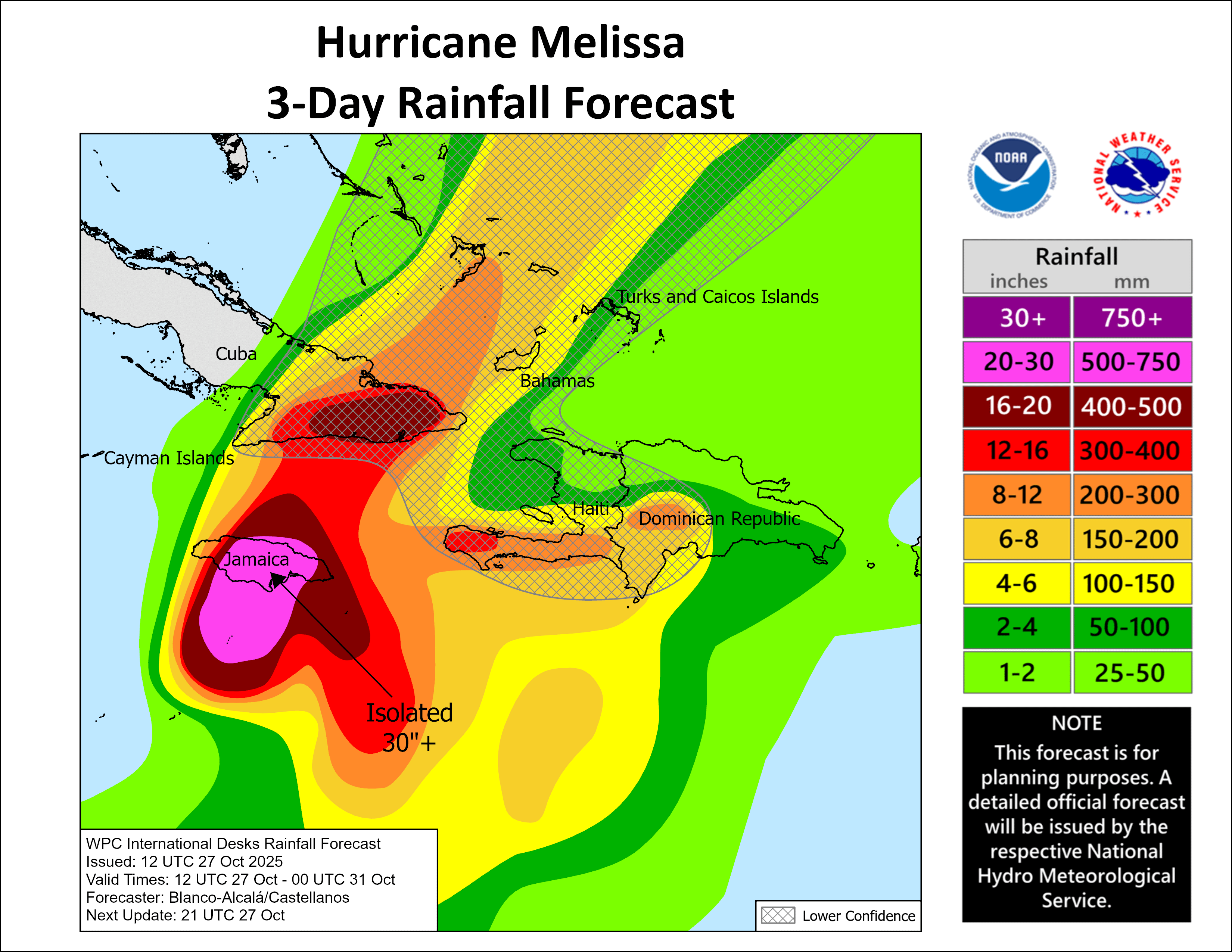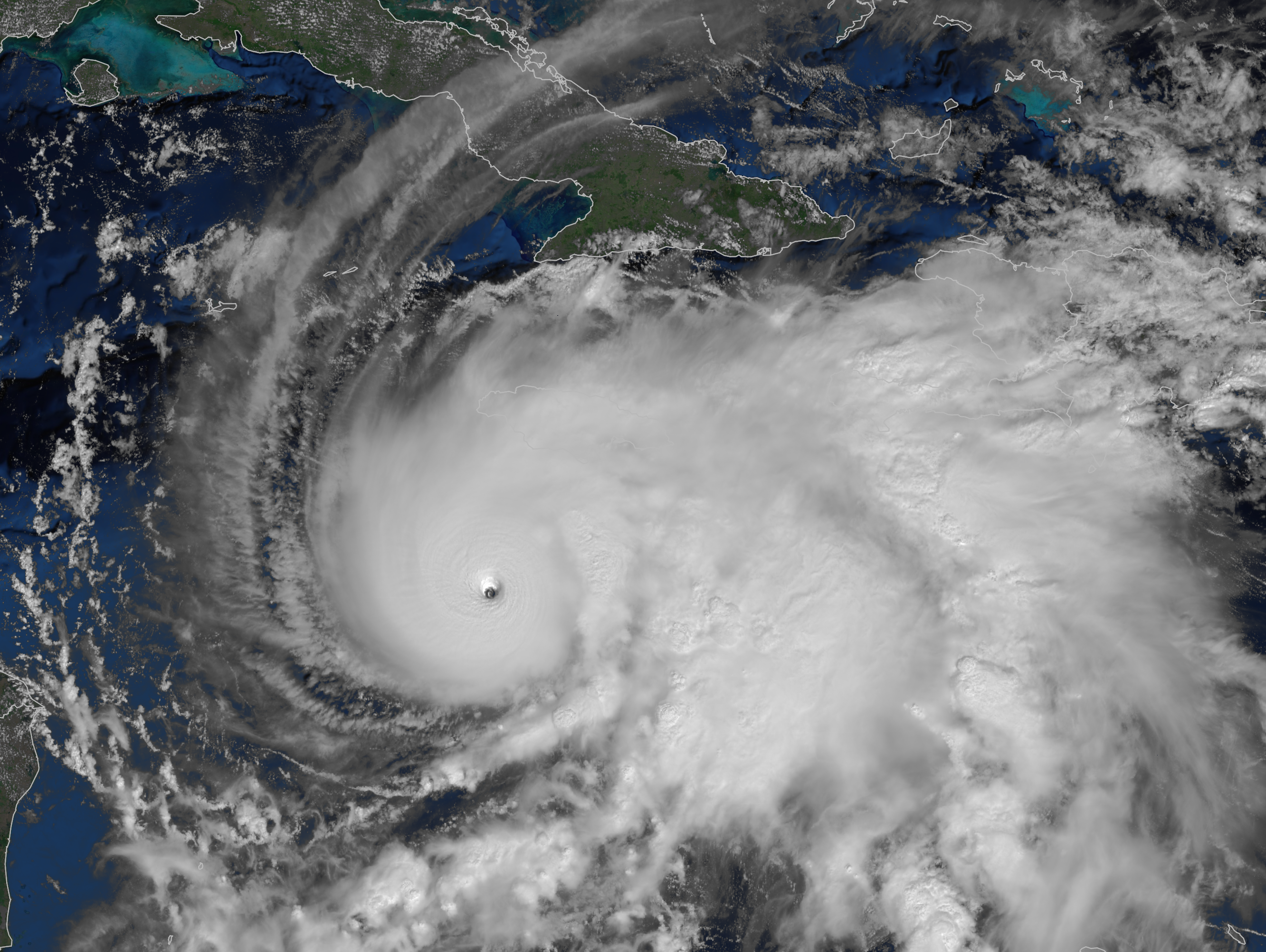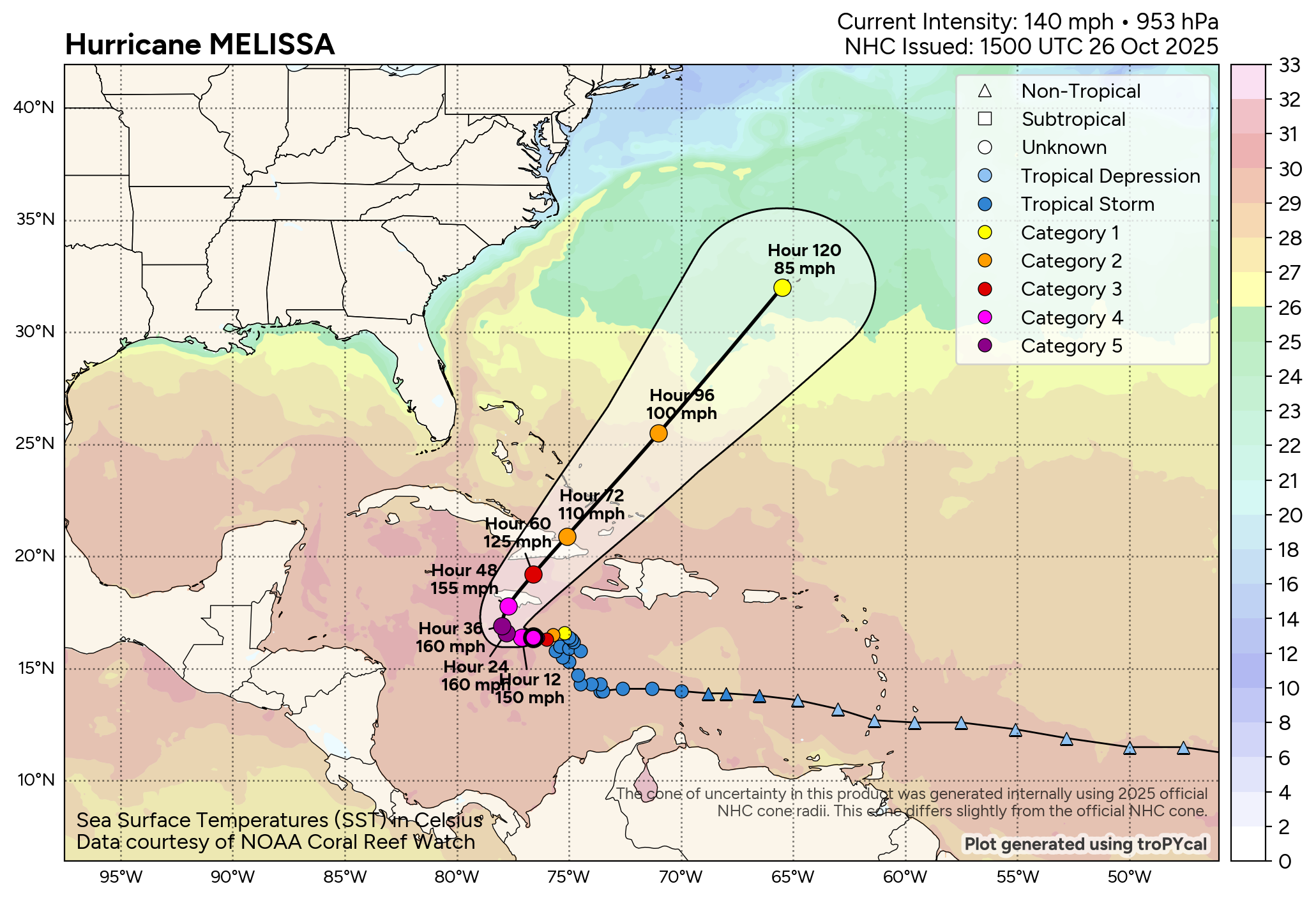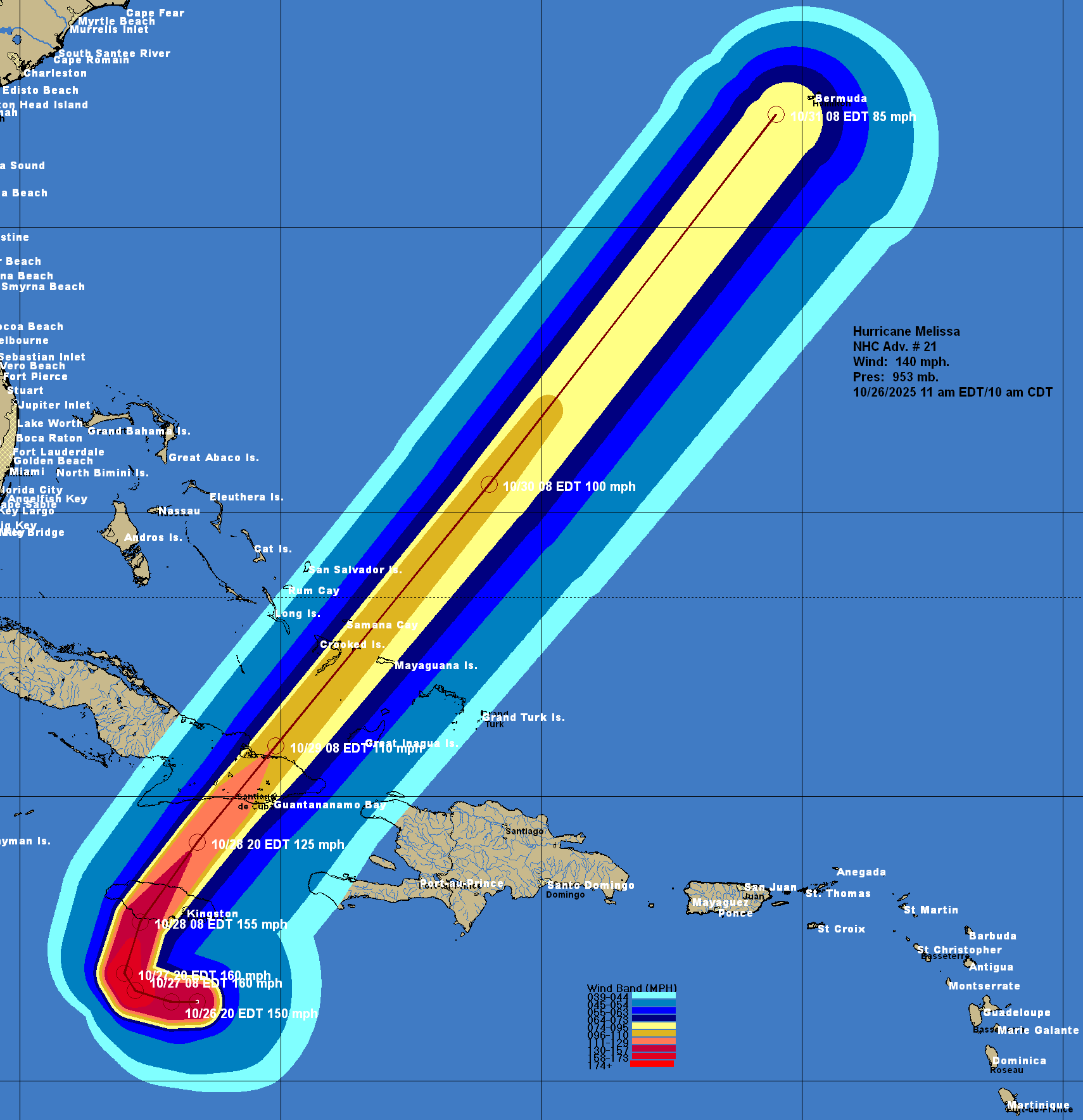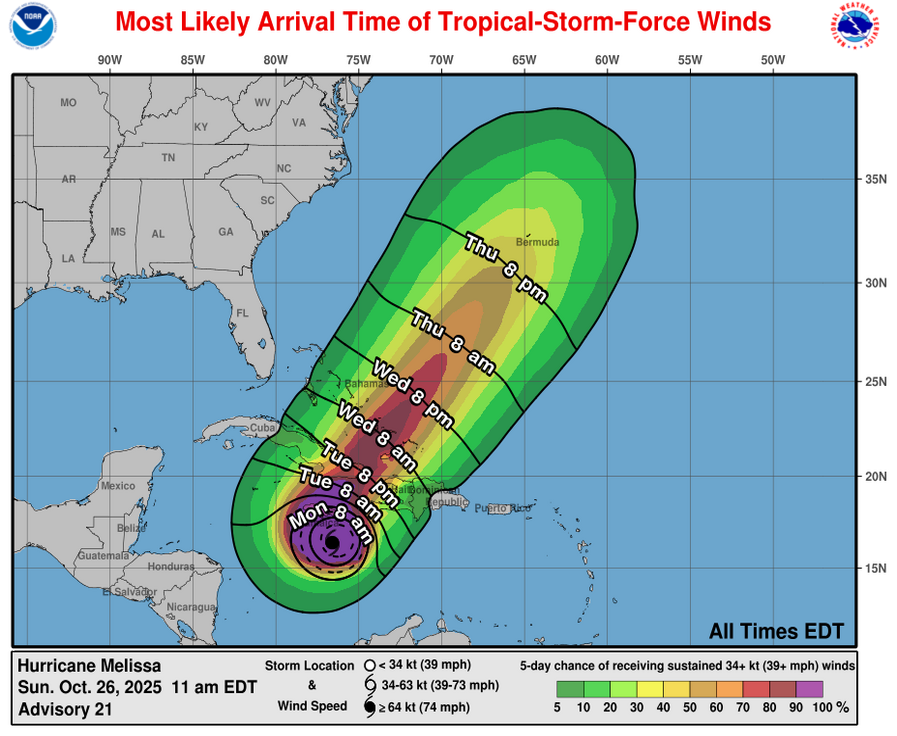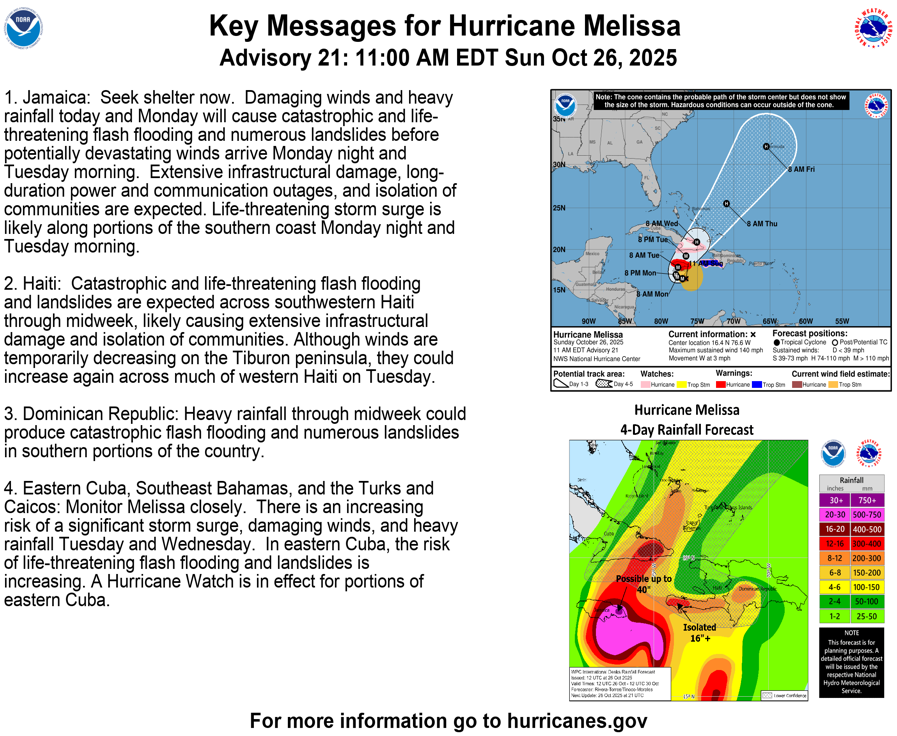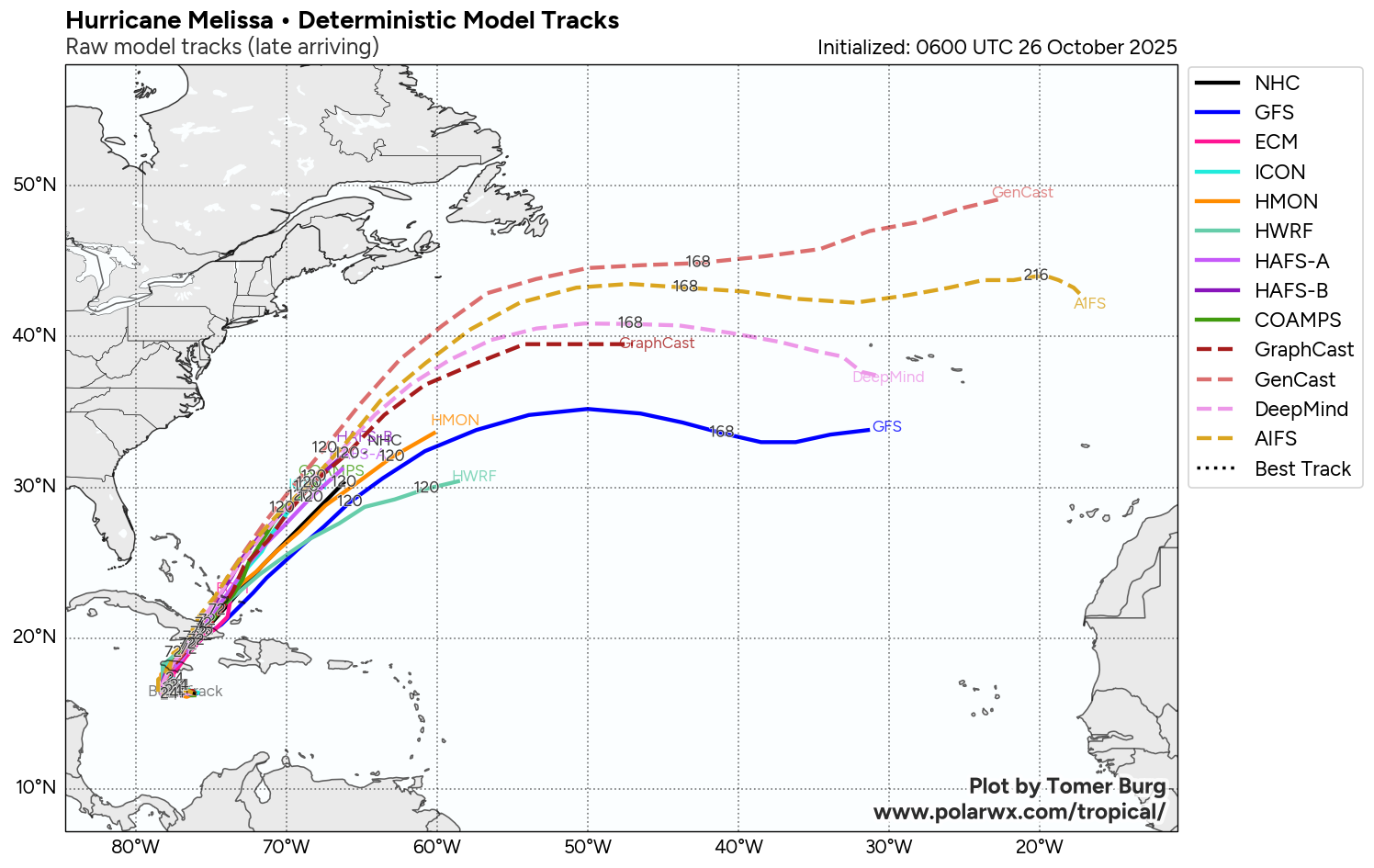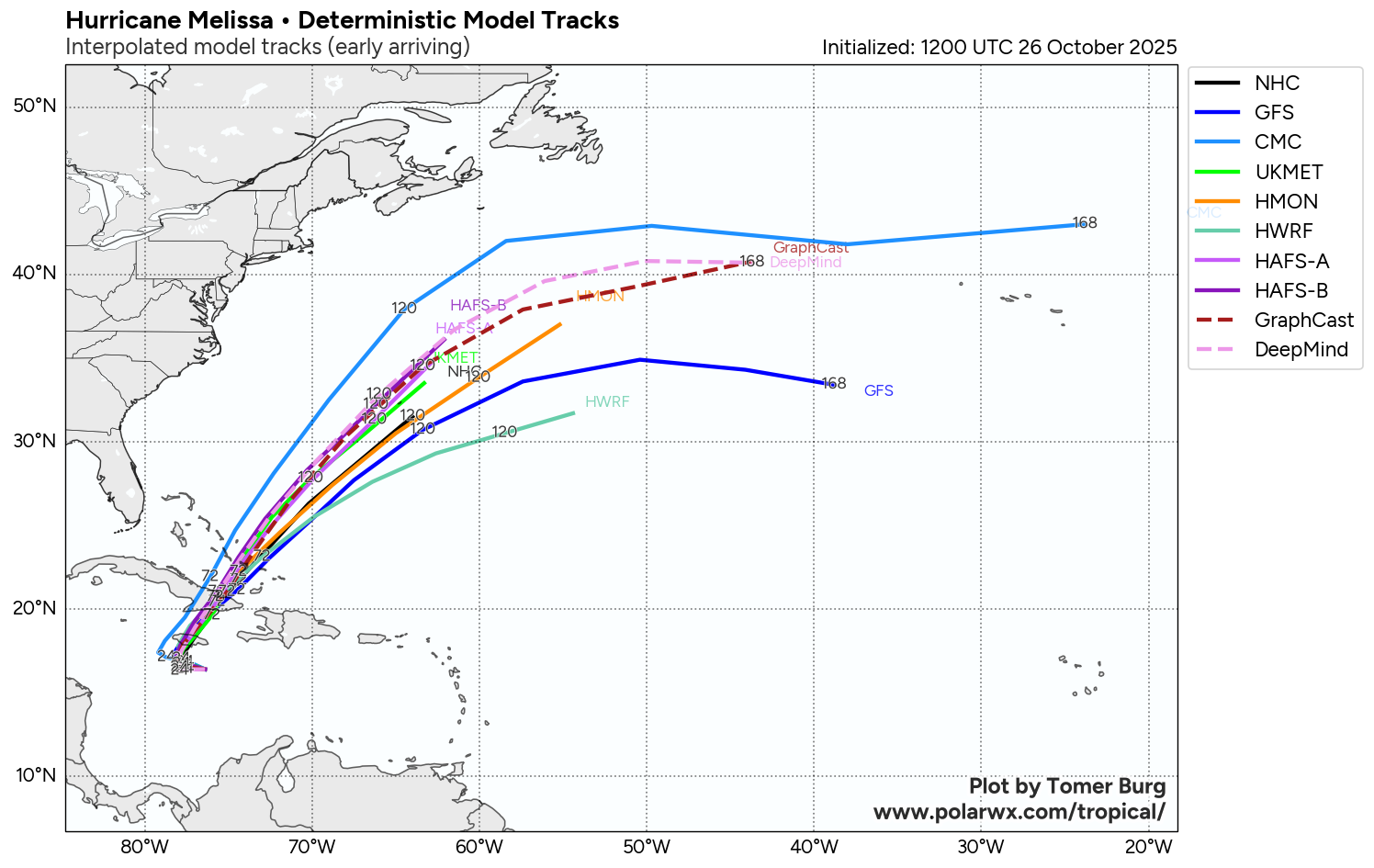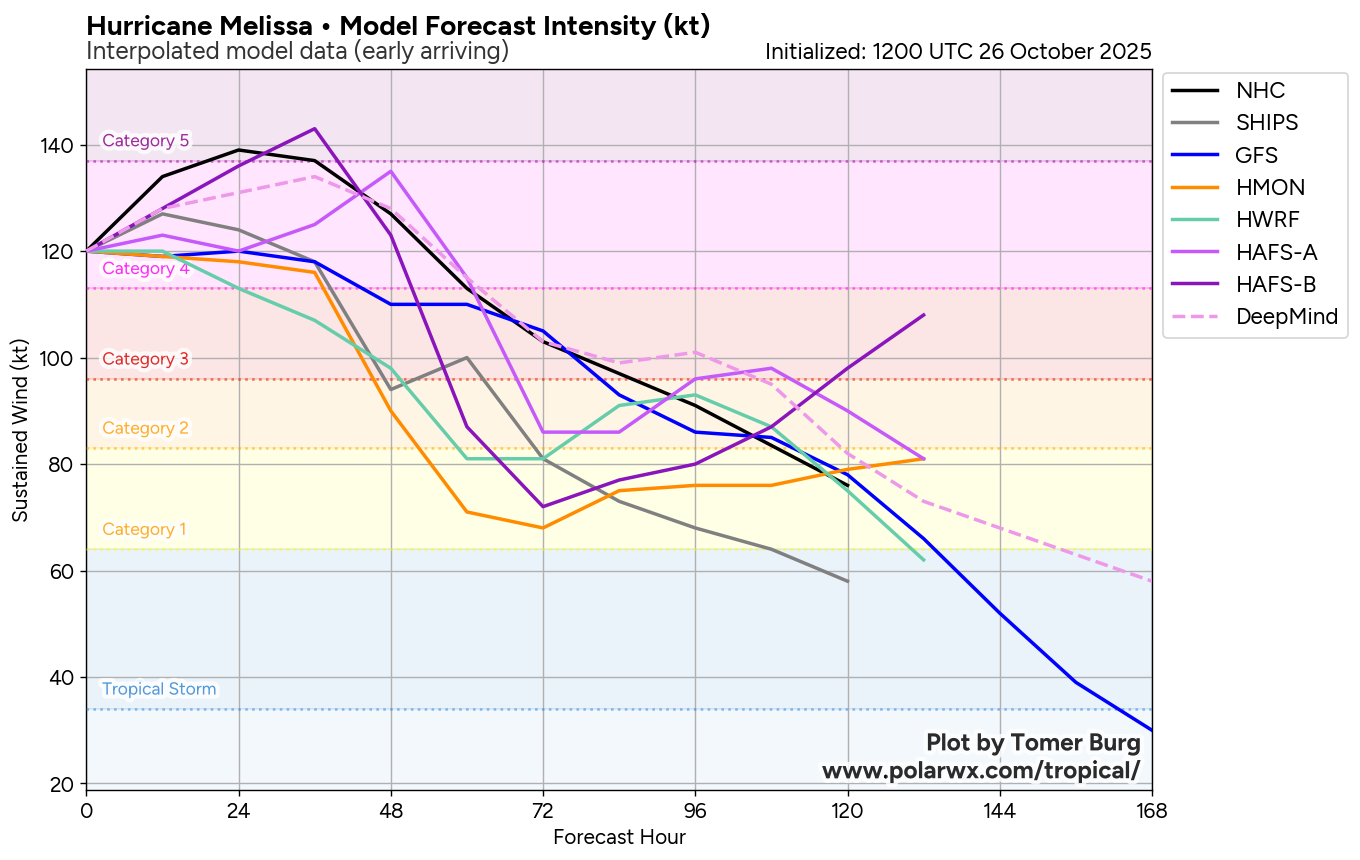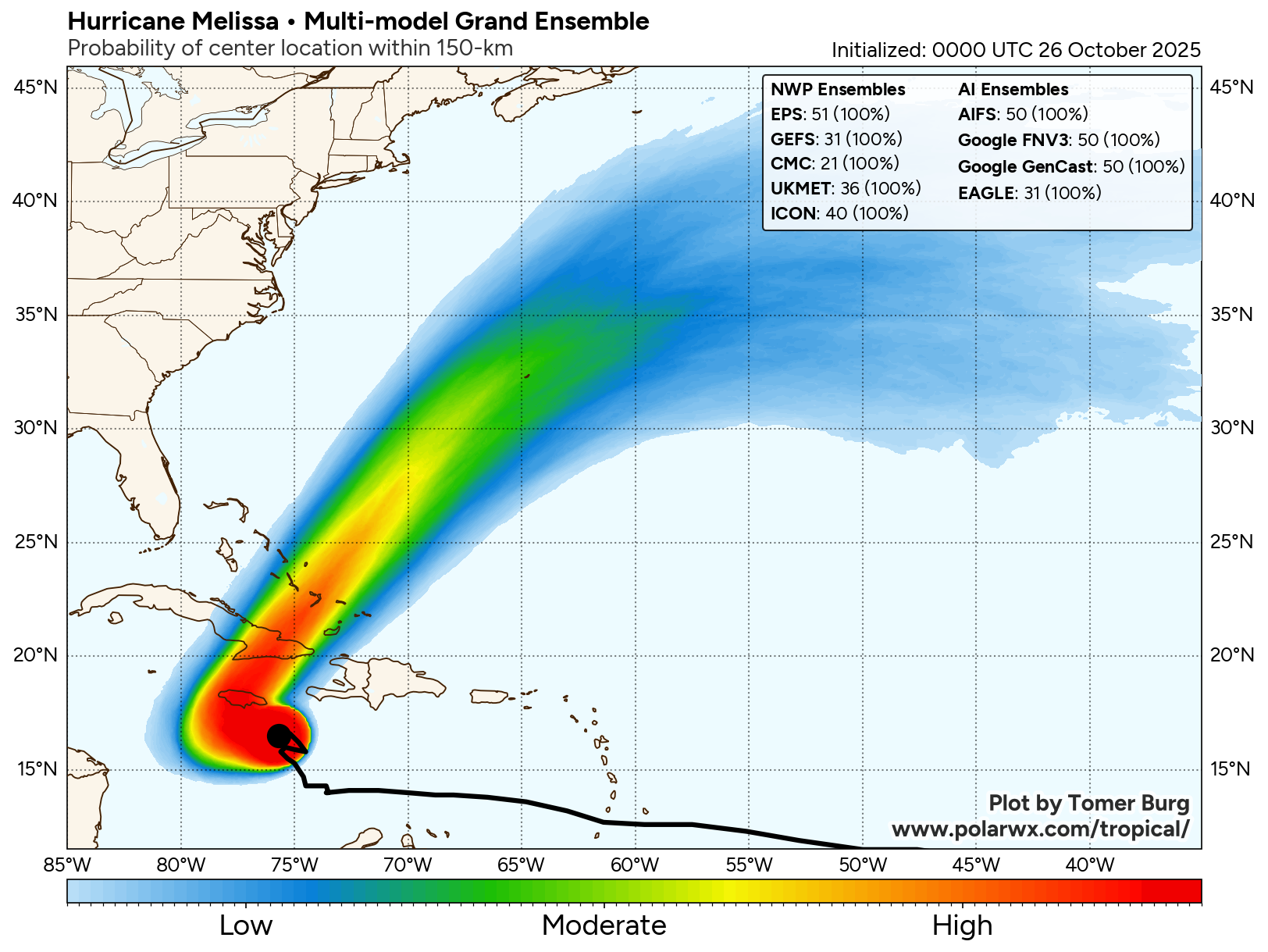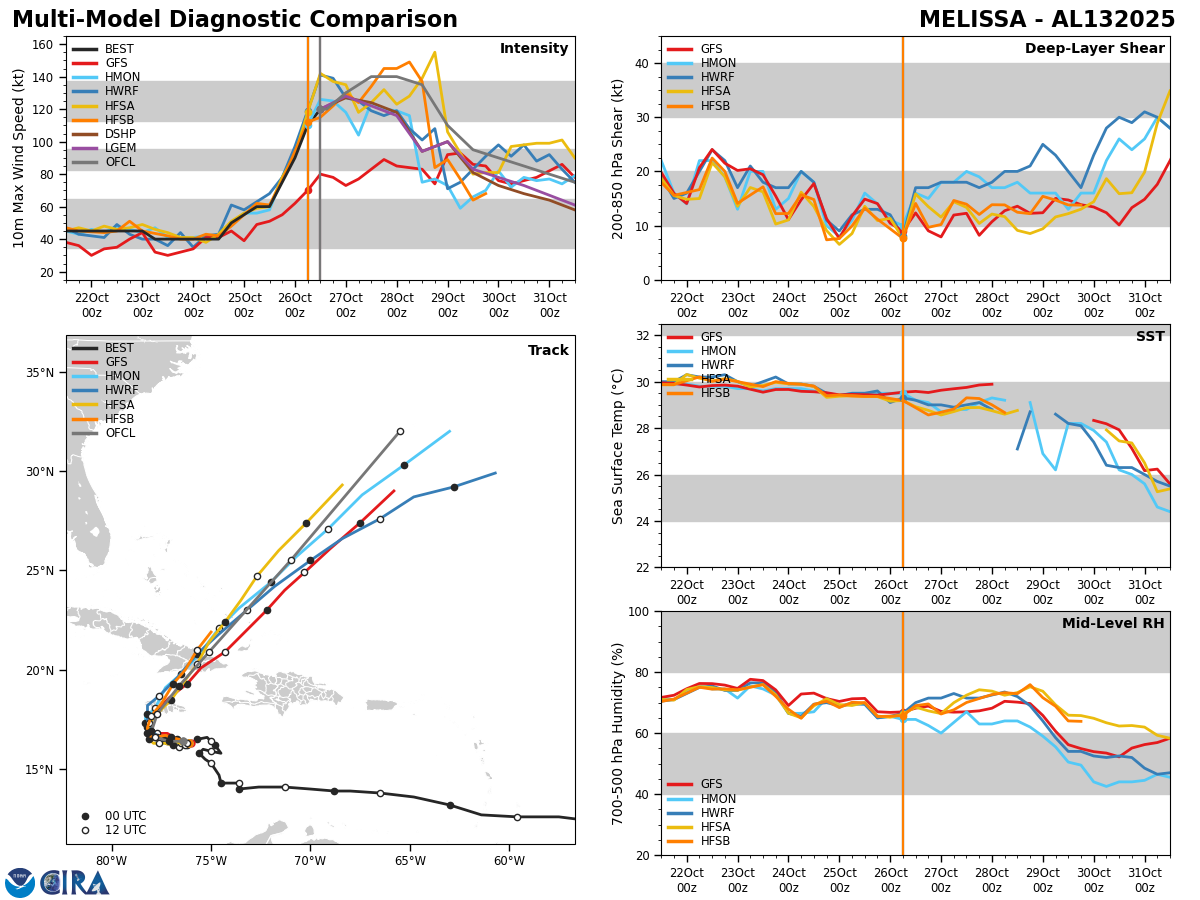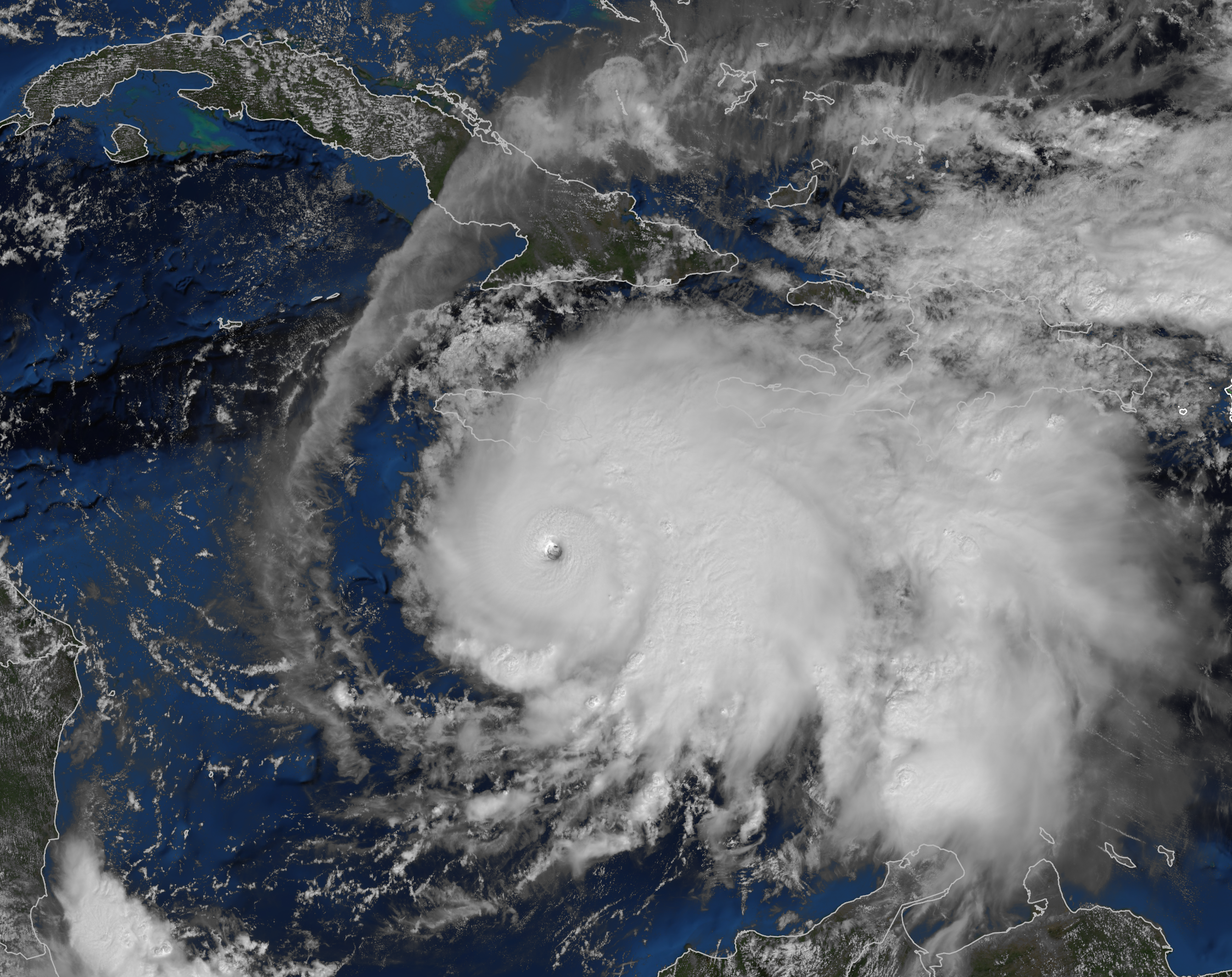The La Nina conditions that occurred during the 2025 Hurricane season seems to be now fading. All indications seem to be pointing towards El Nino conditions occurring during the 2026 Hurricane season. This potentially means that we could be looking at a rather inactive hurricane season in 2026, based on what I’m looking at right now.
As I just mentioned, weak La Nina conditions will be transitioning into neutral ENSO conditions within the next month or two. Beyond this, ENSO guidance seem to be all pointing towards the potential of El Nino conditions developing by the time we get into the 2026 hurricane season. That being said, the models that forecast ENSO conditions do not have great skill this far out, so we’ll see whether we actually see an El Nino develop during the 2026 hurricane season or not.
A first look at the seasonal model guidance for the 2026 hurricane season reveals that the warmer ocean waters will be found across the sub-tropics rather than the tropics during the peak of the hurricane season. This type of configuration potentially means that a lid could be placed on hurricane activity as dry air intrusions could be found in the deep tropics.
Also, the seasonal model guidance seem to be forecasting a weaker than average Bermuda high pressure system during the peak of the hurricane season. Should this occur, it could mean a majority of the tropical systems that occur may end up staying north of the Caribbean and east of the United States.
My Thoughts Based On This Initial Information Is That the Atlantic Basin may be fairly unfavorable for Atlantic hurricane activity in 2026. Because of this, odds are right now that below average hurricane activity may end up occurring. That being said, take these first initial thoughts with a pound of salt as there is a lot of time for things to change.


